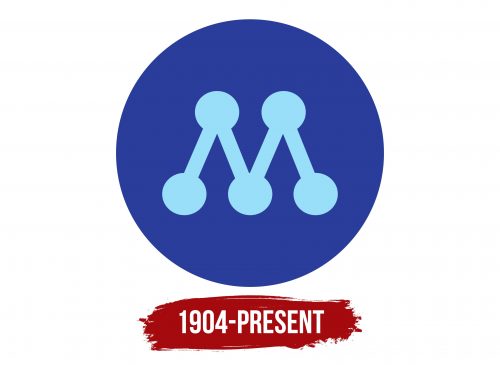 Moderata Samlingspartiet Logo PNG
Moderata Samlingspartiet Logo PNG
The logo of Moderata Samlingspartiet demonstrates the unity and interconnectedness of geometric forms. The symbol conveys the integration of views and values into a coherent and logical system, enabling the party to chart a course for the country’s development.
Moderata Samlingspartiet: Brand overview
Moderata Samlingspartiet, the Moderate Party of Sweden, traces its origins to the early 20th century. Founded in 1904 as Allmänna valmansförbundet (General Electoral League), it emerged as a conservative force, advocating for preserving the monarchy and traditional values. Initially, the party represented the interests of the aristocracy, large landowners, and industrialists, opposing the expansion of voting rights and social reforms. This stance often placed it in opposition to the growing labor movement and Social Democrats.
In 1938, the organization rebranded as Högerns Riksorganisation (National Organization of the Right), reflecting its position on the far right of Swedish politics. During this period, it began to adapt to changing social conditions, acknowledging the need for certain reforms. The name changed again in 1952 to Högerpartiet (The Right Party) as it started reevaluating its positions, moving towards a more modern form of conservatism.
A pivotal moment came in 1969 when the party adopted its current name, symbolizing a significant ideological shift. Under Gösta Bohman’s leadership, the organization transitioned from traditional conservatism to more liberal economic positions, advocating for free markets and entrepreneurship.
The 1970s and 1980s were transformative years. From 1976 to 1982, the group participated in coalition governments, gaining valuable experience shaping national policy. This period allowed the party to adapt its platform to the realities of governance.
A landmark event was the 1991-1994 period when Carl Bildt became the first Moderate Prime Minister. His government implemented liberal economic reforms, including privatizing state-owned enterprises and deregulating various sectors. These reforms, while controversial, laid the groundwork for the party’s economic policies in the following decades.
A new chapter began with Fredrik Reinfeldt’s leadership in 2003. He revitalized the organization, shifting it closer to the center of the political spectrum. Reinfeldt formed the center-right “Alliance” with other non-socialist parties, leading to the group’s return to power in 2006.
Under Reinfeldt’s premiership, 2006 to 2014 was among the most successful in the party’s history. The Moderate-led government enacted reforms to reduce taxes, liberalize the labor market, and reform the welfare system. This policy approach, known as the “New Moderates,” helped expand the party’s electoral base, securing consecutive election victories.
After the 2014 election defeat, the organization entered a phase of reassessment. Under the leadership of Anna Kinberg Batra and later Ulf Kristersson, the group sought to balance their traditional positions with responses to new challenges like immigration and the rise of populism.
In 2022, the group returned to power, forming a minority government in coalition with the Christian Democrats and Liberals, supported by the Sweden Democrats. Ulf Kristersson became Prime Minister, marking a new chapter in the party’s history.
Meaning and History
What is Moderata Samlingspartiet?
Moderata Samlingspartiet is a political party in Sweden that adheres to conservative and liberal economic views. The party’s main goals include promoting a free market, reducing taxes, and improving conditions for entrepreneurship. The Moderate Party also focuses on strengthening law and order and increasing opportunities for the private sector in healthcare and education.
1904 – today
The emblem was created when the party aimed to emphasize its commitment to moderately conservative views and a consistent approach to addressing key issues. The blue color chosen for the logo underscores the party’s stability and reliability, while the minimalist style reflects the clarity and simplicity of its position. The central letter “M” and connected dots symbolize the unity of various values and principles, which was particularly important in the political situation at the time.
The logo of the political movement Moderata Samlingspartiet is a blue circle with the letter “M” in the center. The symbol’s simplicity conveys the supporters’ clarity and precision of views. The letter “M” comprises dots connected by lines, symbolizing the movement’s connection of different values and principles.
The symbol of dots and lines highlights the consistency and coherence of the party’s actions. Each dot represents an individual value or principle, forming the party’s unified position. This indicates a well-developed plan and program aimed at the country’s welfare.
The logo is created without text, focusing on the graphic symbol. The minimalist style underscores the movement’s conservative and moderate views.
The emblem’s primary color is blue, symbolizing reliability, stability, and seriousness. The light blue dots and lines in the circle’s center add freshness and openness.




